Discover the itineraries closest to our structure
Our structure is in the heart of Naples. From here you can visit the places that still make up the history of our city.
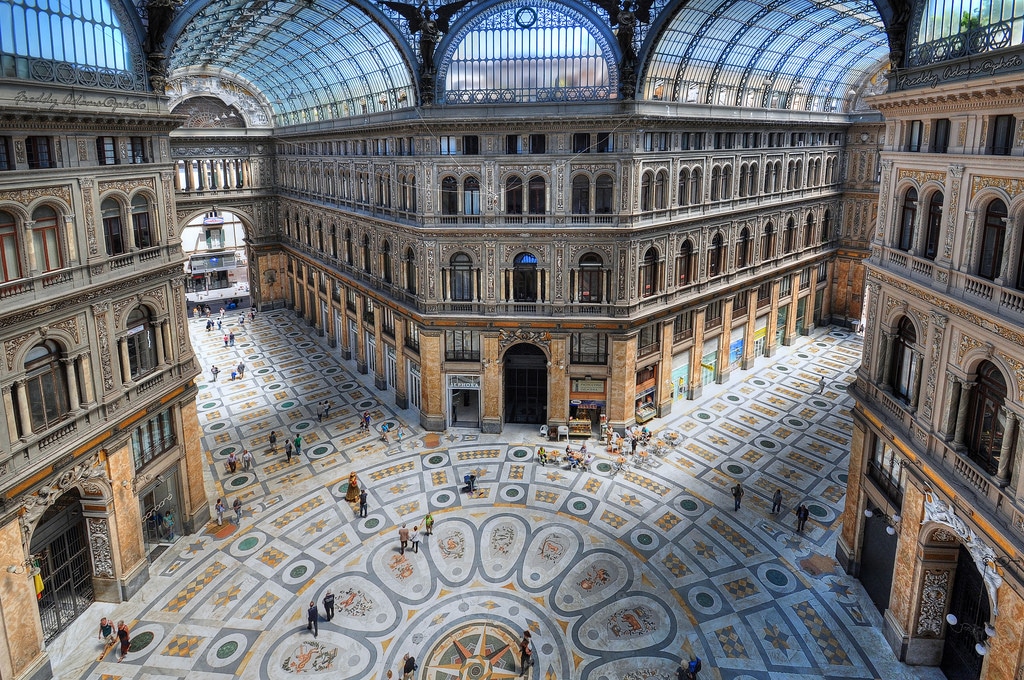
Galleria Umberto I
The Umberto I Gallery has 4 entrances: Via Toledo, Via Santa Brigida, Via San Carlo and Vico Rotto San Carlo.
The main entrance opens onto Via San Carlo and is composed of an exedra façade which at the bottom consists of a portico supported by travertine columns and two blind arches, one leads to the gallery and the other to the ambulatory. The four parts of the world are represented in marble on the columns on the sides of the left arch.

Museo Archeologico Nazionale di Napoli
The National Archaeological Museum of Naples is among the oldest and most important in the world for the richness and uniqueness of its heritage and for its contribution to the European cultural panorama.
The collections of the Museum, which became National in 1860, have been enriched with the acquisition of finds from excavations in the sites of Campania and Southern Italy and from private collecting.
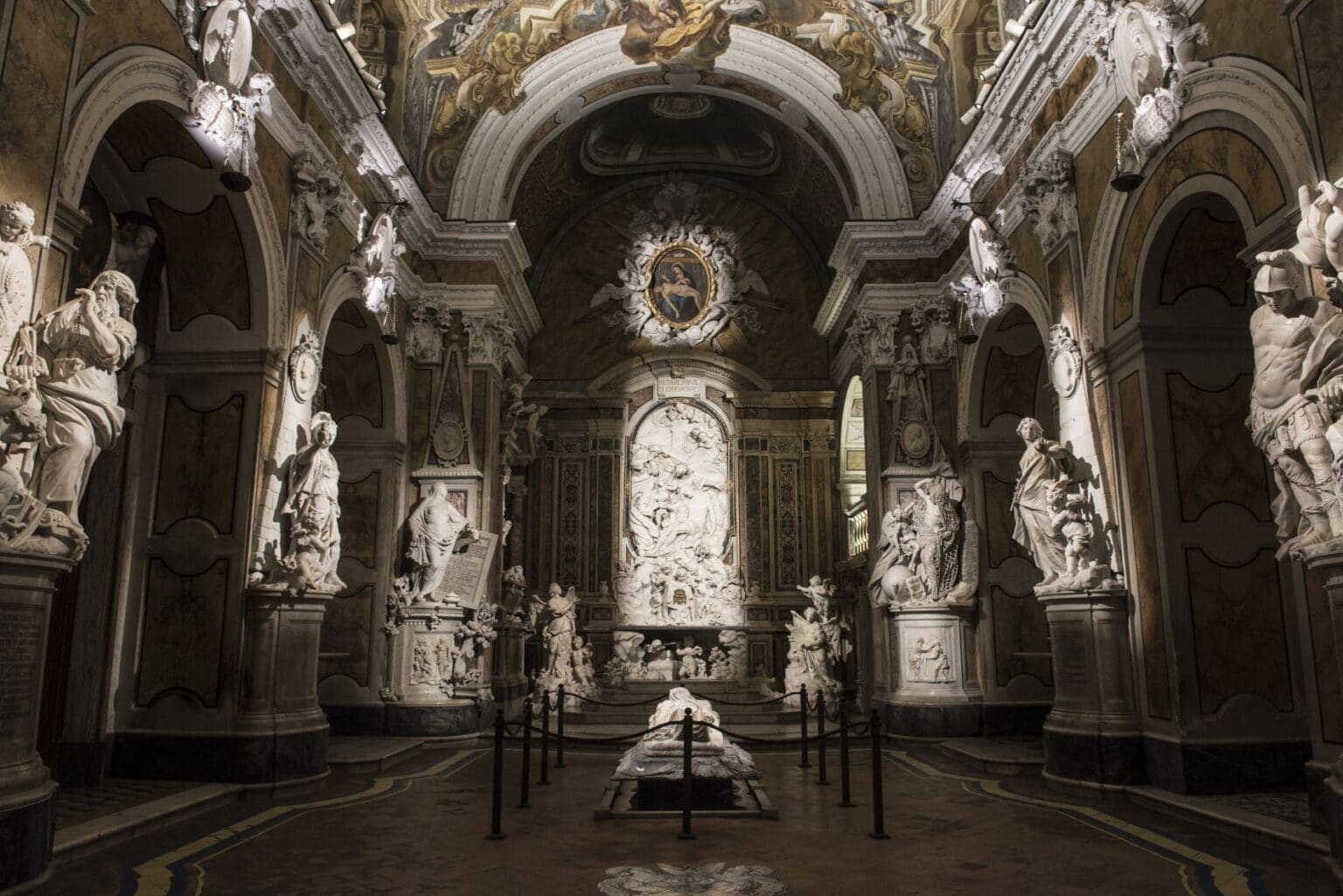
Cappella San Severo
The San Severo Chapel in Naples is a fascinating monument full of mystery. Famous throughout the world for being the keeper of one of the most surprising works representing the veiled Christ.
The Chapel of San Severo is the most visited by Italian and foreign tourists who want to personally breathe the air of mystery that reigns around the sculpture. A monument not to be missed and to be known in every detail
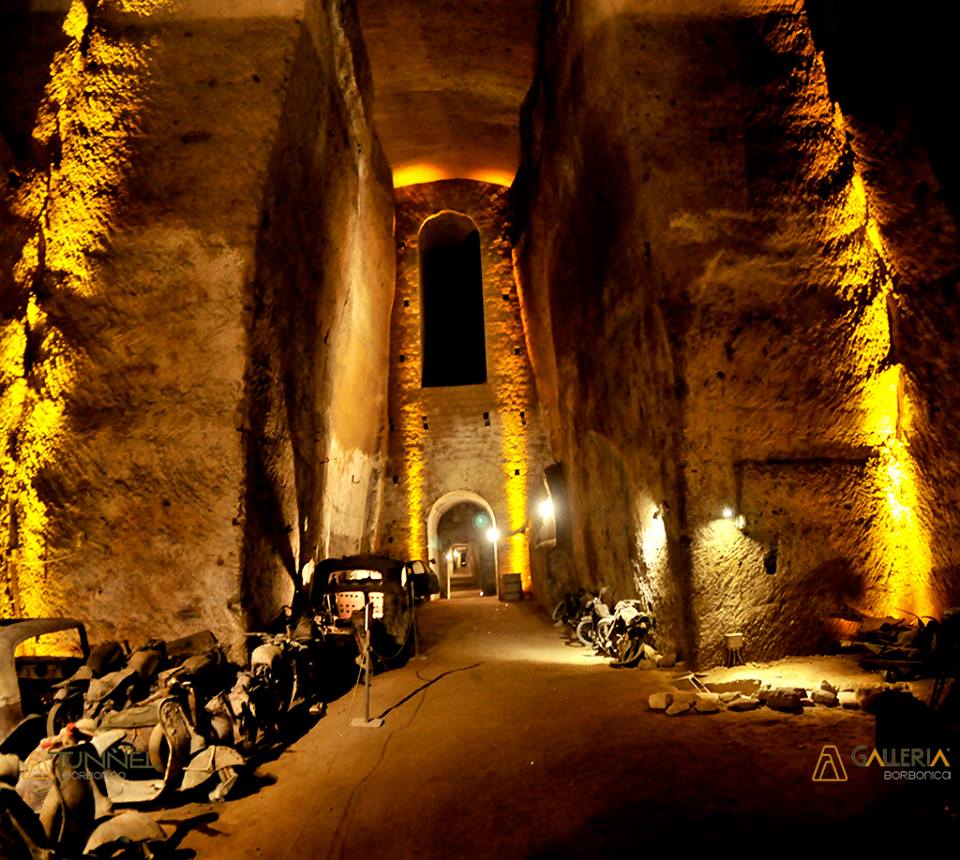
Galleria Borbonica
In the depths of the subsoil, discovering an extraordinary journey to Naples "below".
An exciting journey, of inestimable value: the 17th century aqueduct, the Galleria Borbonica nineteenth-century military path, the shelters of World War II, cars, vintage motorcycles and statues found buried.
A 20% discount will be reserved for our guests on the entrance ticket for the standard route.
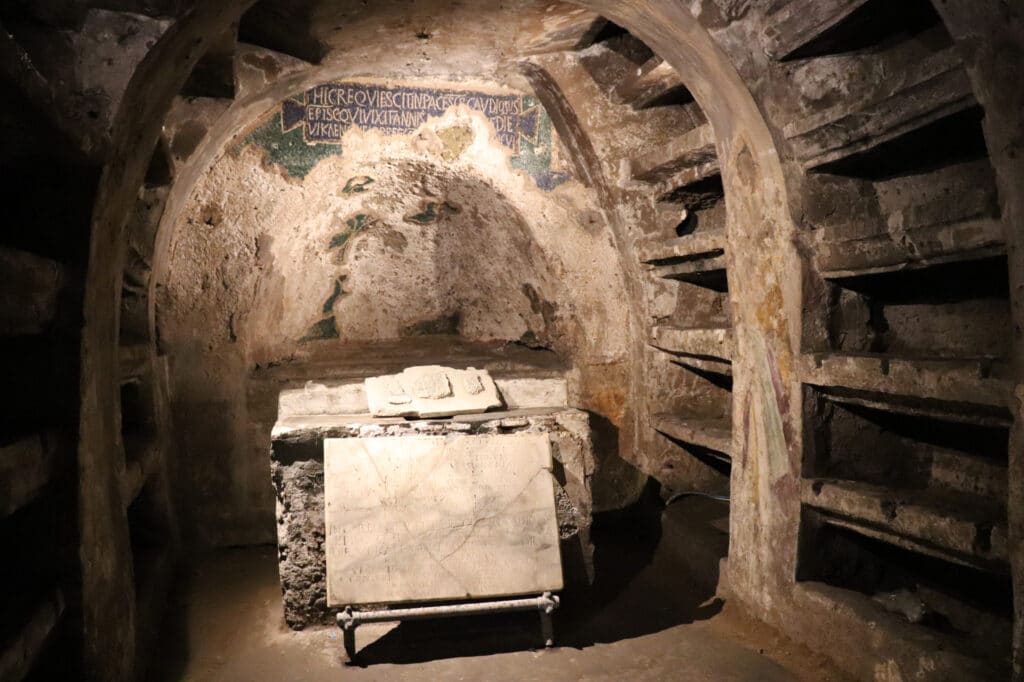
Catacombe San Gaudioso
The catacombs of San Gaudioso are one of the ancient cemetery areas of the early Christian era (IV-V century), located in the northern area of the city of Naples (current Stella district).
Access to the catacombs is located in the crypt, or succorpo, under the raised presbytery of the church dedicated to the Madonna della Sanità, represented in a fresco which may have detached from a wall of the ancient church following a mudslide.
The Madonna della Sanità (V-VI century), probably the oldest Marian representation in Naples, is now preserved in the first right side chapel of the basilica
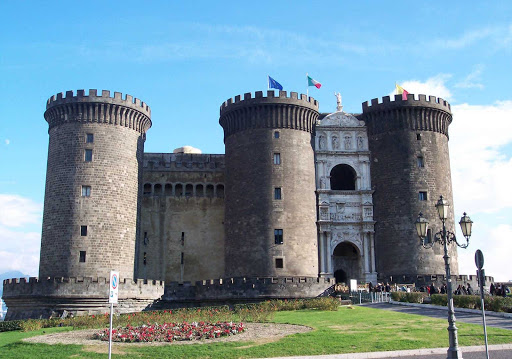
Mascio Angioino
Castel Nuovo, chiamato anche Maschio Angioino o Mastio Angioino, è uno storico castello medievale e rinascimentale, nonché uno dei simboli della città di Napoli.
La costruzione del suo nucleo antico – oggi in parte riemerso in seguito ad interventi di restauro ed esplorazione archeologica – si deve all’iniziativa di Carlo I d’Angiò, che nel 1266, sconfitti gli Svevi, salì al trono di Sicilia e stabilì il trasferimento della capitale da Palermo alla città partenopea.

